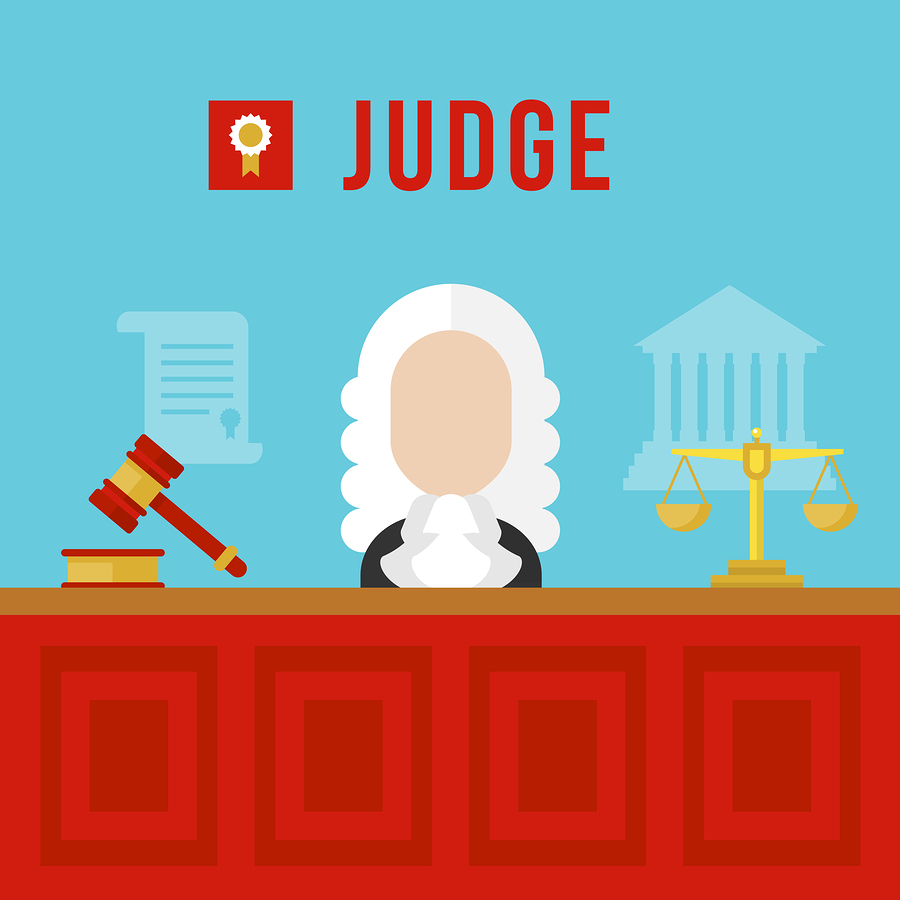The Long Road Of Litigation
Litigation is often over-dramatized in movies and television. As the viewer, we get to watch the ‘good guy’ trump the ‘bad guy’ after a short, and just trial. However, lawsuits do not always unfold in such a “viewer-friendly” manner. Instead, the litigation process can often bear a heavy financial cost, and occur over a drawn-out period.
Darren Smith, civil litigation lawyer at Hummingbird Lawyers LLP, weighed in on the idea of seeking ‘justice’ vs. the reality of the justice system.
“It’s not about revenge, as I have come to know by sitting down and talking with clients, but it is about justice. [Justice] is what they are looking for. It isn’t about ‘getting somebody back,’” he noted. “The client often feels like they have been wronged and the only way for them to get the justice that they think they’re owed is to go to court, get in front of a judge and receive a judgement at any cost.”
Smith went on to explain that when sitting down with clients, it is oftentimes difficult to have them realize that it can take years for a simple matter to be resolved.
“I think there are a couple of things that people don’t understand, or misconceive. One of them being the length of time, and how long it will take to have their justice, or their day in court.”
“[The courts] don’t have the judicial resources, and as much as we want to have things move quickly, they can’t handle the quantity of cases.”
The length of time in settling a matter becomes a hurdle in the litigation process. However, it is not just figuring out whether the time invested is worthwhile, but also the cost of the matter.
A cost-benefit analysis is something that Smith does with clients to ensure that they know what their goal is in seeking justice through litigation. Smith explained, “Whether it is monetary, or declaratory relief we have to weigh what it would cost to go all of the way through a trial, and simply look at the numbers.
“Depending on how much is at stake or what they are looking for, they might have their ‘justice’ but they’ll come out on the short-end monetarily.”
A common misconception that is made when looking to sue someone else is the matter of principle. Oftentimes, individuals are seeking out the justice that they think they are owed after a wrongdoing. However, is this route really worth it?
An example was provided by Smith on how some cost factors can outweigh the simple notion of seeking ‘justice’ based on principle alone. “If a client is looking to sue someone for $50,000 – and you, as the litigation lawyer, are working within an uncongested justice system under simplified proceedings – going through to trial could end up costing that client $50,000 or $60,000. Even if they are successful, they are likely to only receive 50% of their costs back.
“So if they’re suing for $50,000, and at the end of the day they’re paying $30,000 out of their pocket, all they’re receiving in judgment is that net of $20,000. Now they should ask themselves, ‘Is it really worth the added stress, the time and the interference in my daily life to come out $20,000 ahead?’”
In seeking ‘justice,’ individuals are often heard claiming that “it is about principle, and not about money!” Realistically, that isn’t how it works. Factors such as time, interference and financial costs all weigh into the concept that money should be seen on the same level as principle, if not more importantly.
“Don’t aim to sue on principle alone. In my experience, it never leaves anyone happy.”

